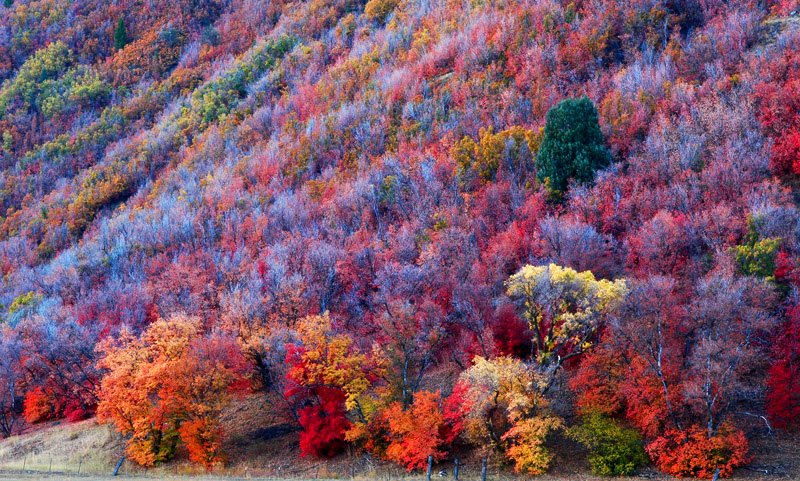
It was officially the first day of fall this week, which can only mean one thing; winter’s coming! And as the temperatures drop and the seasons change, we get to revel in the beauty of the fall colors. The mixtures of red, purple, orange and yellow are the result of processes that take place in the tree as the seasons change from summer to winter.
But what are those processes, and why do they happen? What causes our mountain valleys to change to a stunning rainbow of colors? Beyond the beauty, there is a science behind this chemical color change.
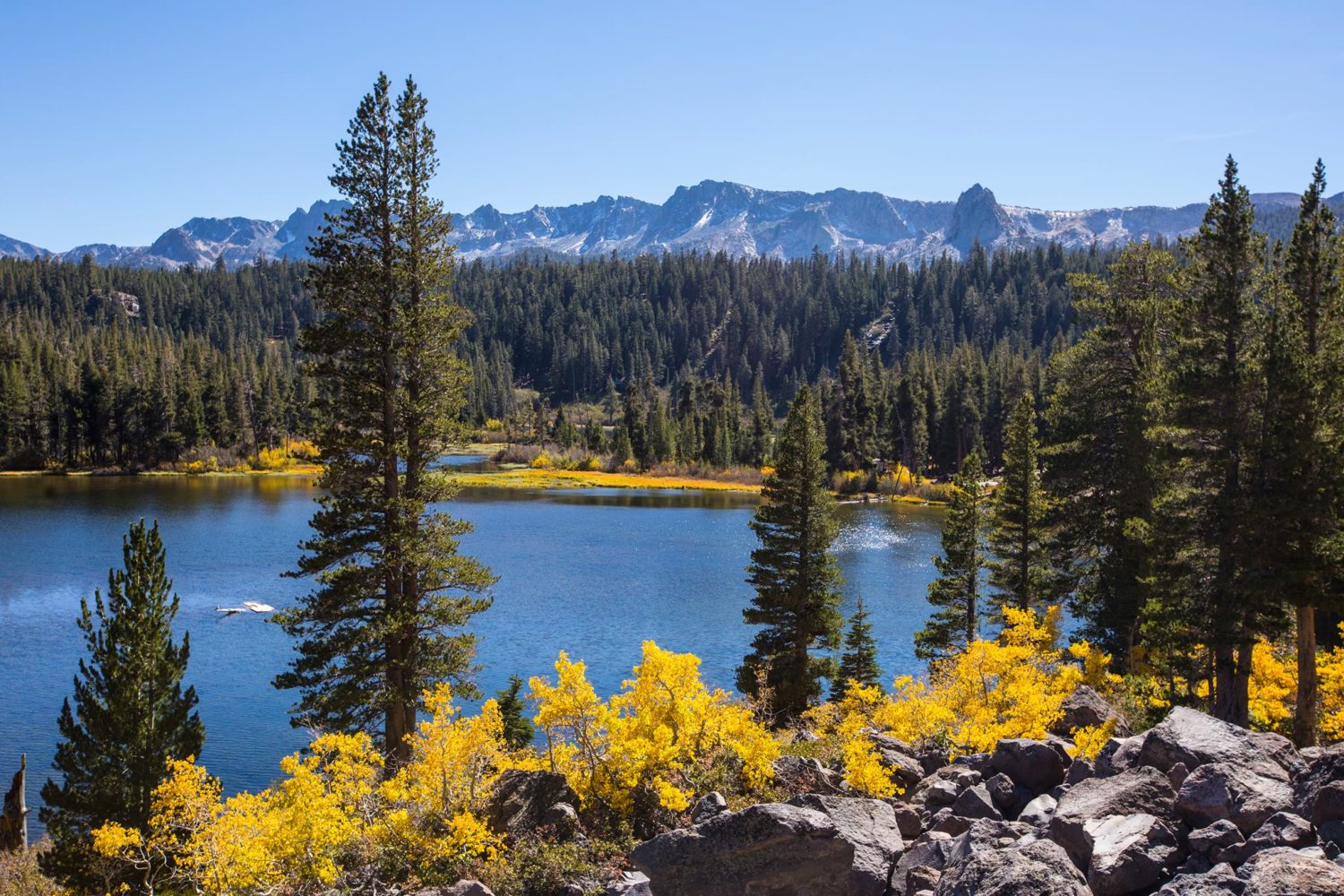
So, back to school… remember chlorophyll? (you did pay attention at school, right?!) Chlorophyll is essential for photosynthesis, the process of converting light energy into chemical energy. During this process, chlorophyll captures light from the sun which is used to supply the energy for the conversion of carbon dioxide and water into oxygen and carbohydrates, the latter of which serves as food for the plant. Those trees know how to carb load! It also turns out that it is chlorophyll that gives leaves their green color.
During the spring and summer the leaves serve as factories where most of the foods necessary for the tree’s growth are manufactured. This food-making process takes place in the leaf in numerous cells containing chlorophyll, which gives the leaf its green color.
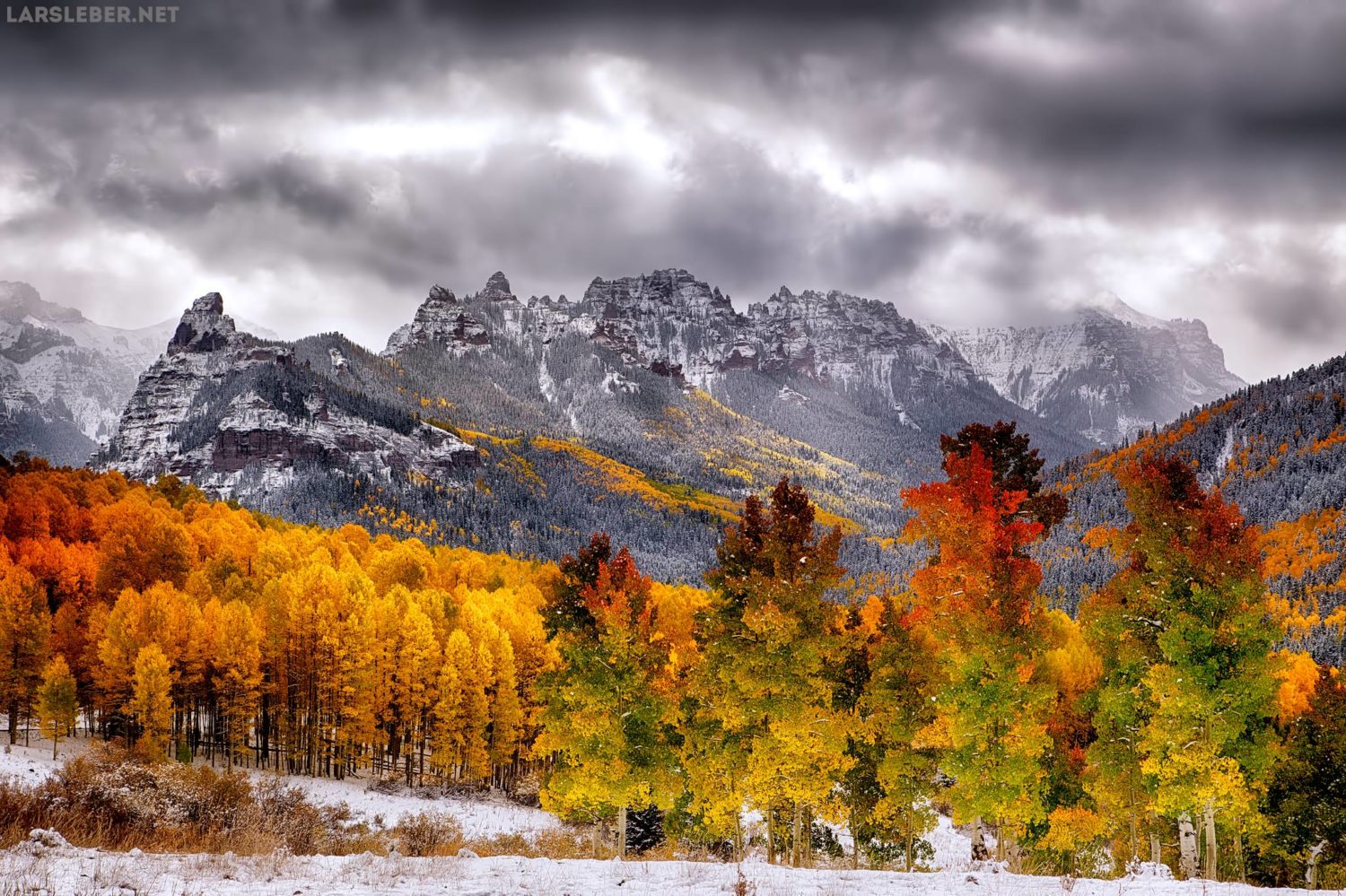
I just want to know why trees are pretty colors, I didn’t ask for a science lesson! Ok, bear with me, it’s all relevant… During spring and summer when there is plenty of sunlight, plants make a lot of chlorophyll, hence why their leaves are green. This process requires a huge amount of energy. In fall when the temperatures drop and there is less sunlight and moisture, some trees stop the energy-sapping process of making chlorophyll. Instead, those trees break down chlorophyll into smaller molecules. As chlorophyll goes away, other pigments start to show their colors. This is why leaves turn yellow or red in fall.
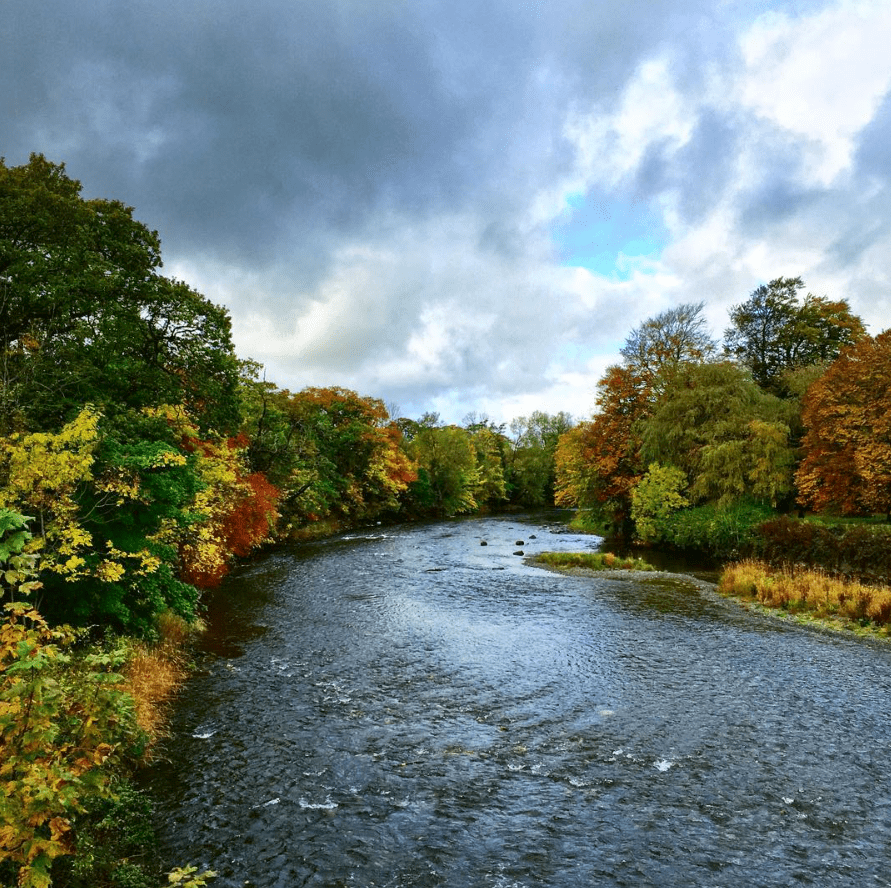
At the same time, other chemical changes may occur, which form additional colors through the development of red pigments. Some mixtures give rise to the reddish and purplish fall colors of trees such as dogwoods and sumacs, while others give the sugar maple its brilliant orange.
The pigments that cause the variety of colors are always there, it’s just that in the summer that green pigment associated with chlorophyll wins through. When the chlorophyll breaks down, the green color disappears, and the yellow to orange colors become visible and give the leaves part of their fall splendor.
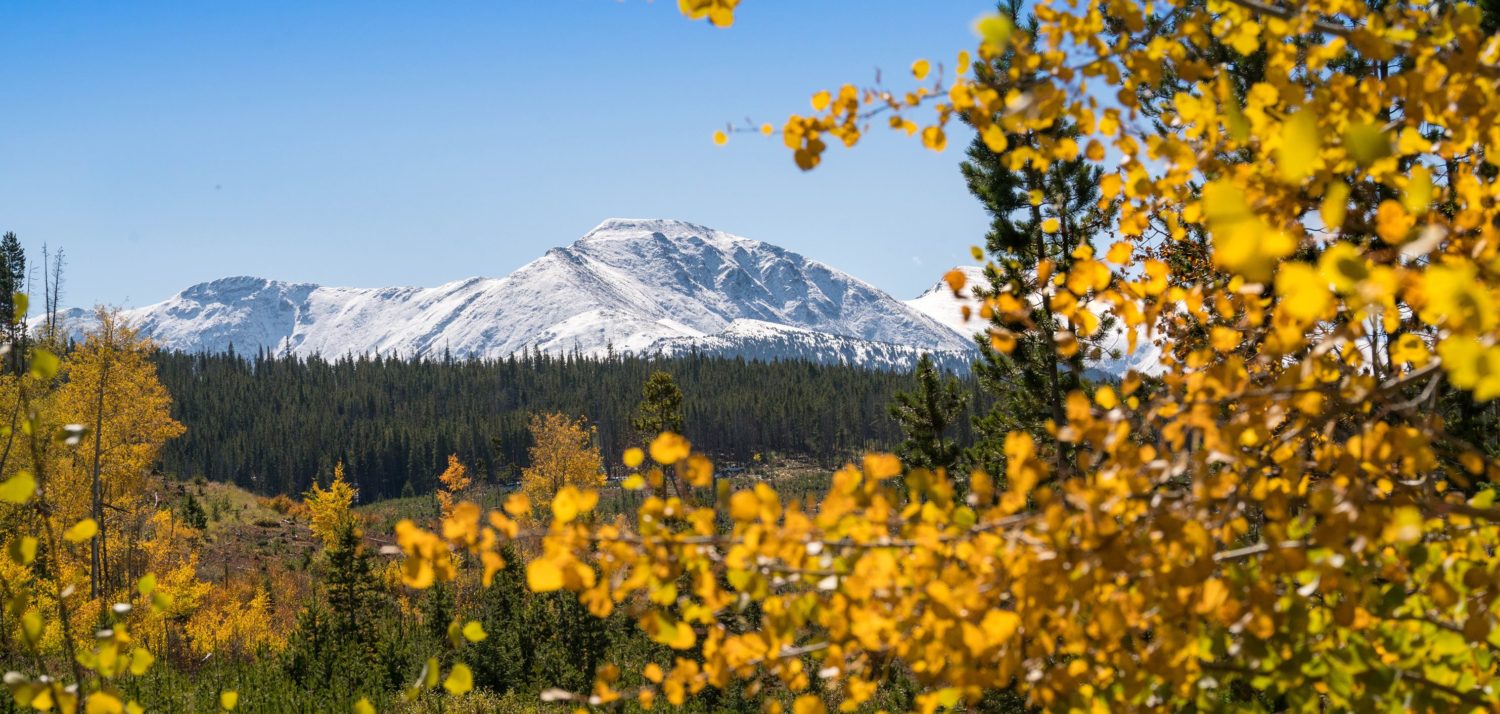
The color change usually precedes the leaves falling from the tree. Leaf abscission (the technical term for the dropping of leaves) begins with the degradation of chlorophyll. Eventually, once we’ve had the spectacular display of color, all the leaves are dropped, and the tree goes dormant for the long winter months.
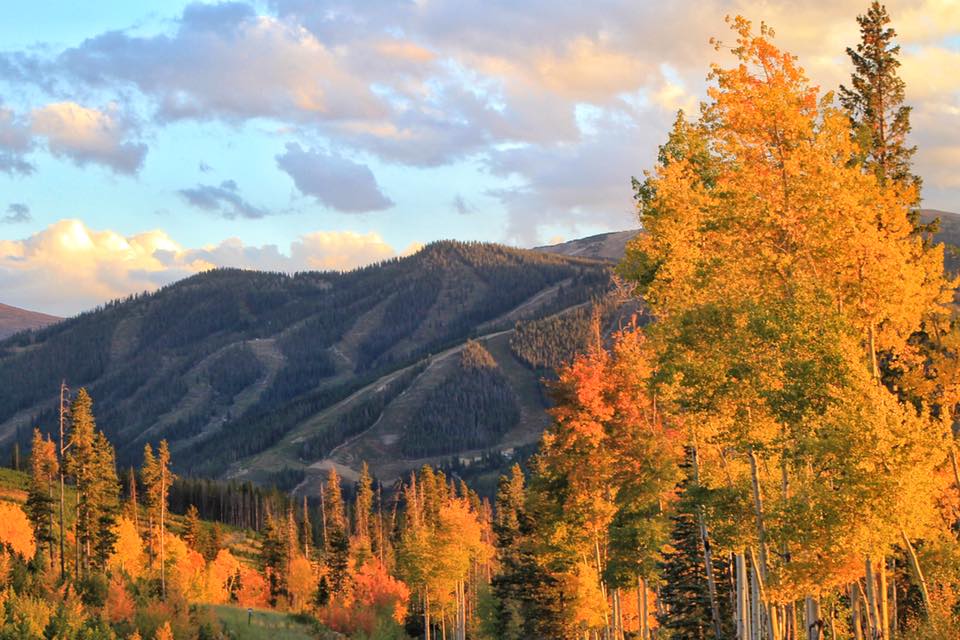
Temperature, light, altitude, and water supply have an influence on the degree and the duration of fall color. Leaves tend to change faster north-to-south and in higher elevations first. Low temperatures above freezing will favor producing bright reds in maples. However, early frost will weaken the brilliant red color. Rainy and/or overcast days tend to increase the intensity of fall colors. The best time to enjoy the autumn color would be on a clear, dry, and cool (not freezing) day.
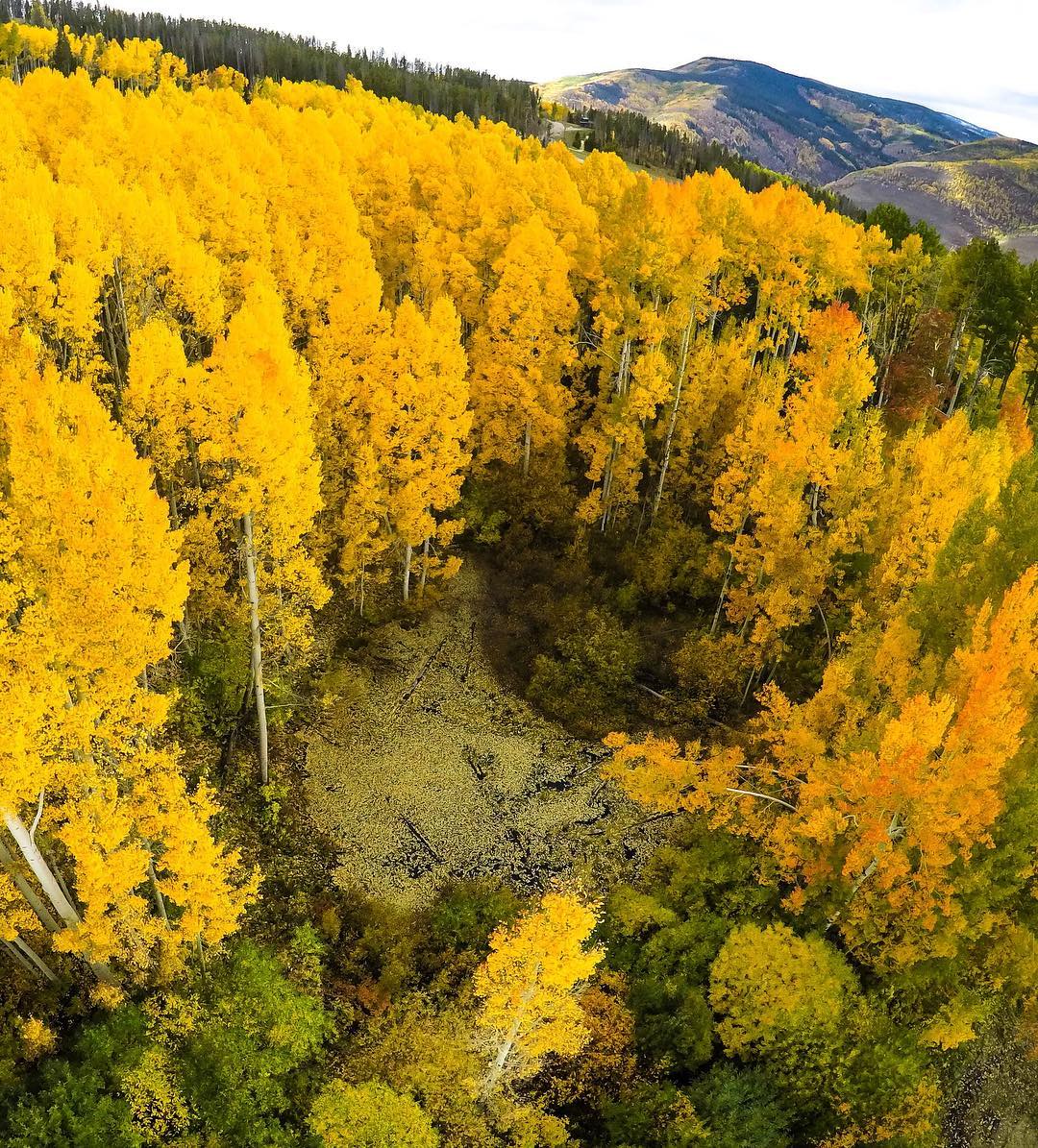
Humans can also affect the process too. Trees that are close to street lamps or artificial light tend to change color later than trees far removed. This is because they are experiencing an artificial day length when the street lights are on.
So now you know how and why trees change color in the fall. Doesn’t the wonder of nature just make it all the more beautiful?
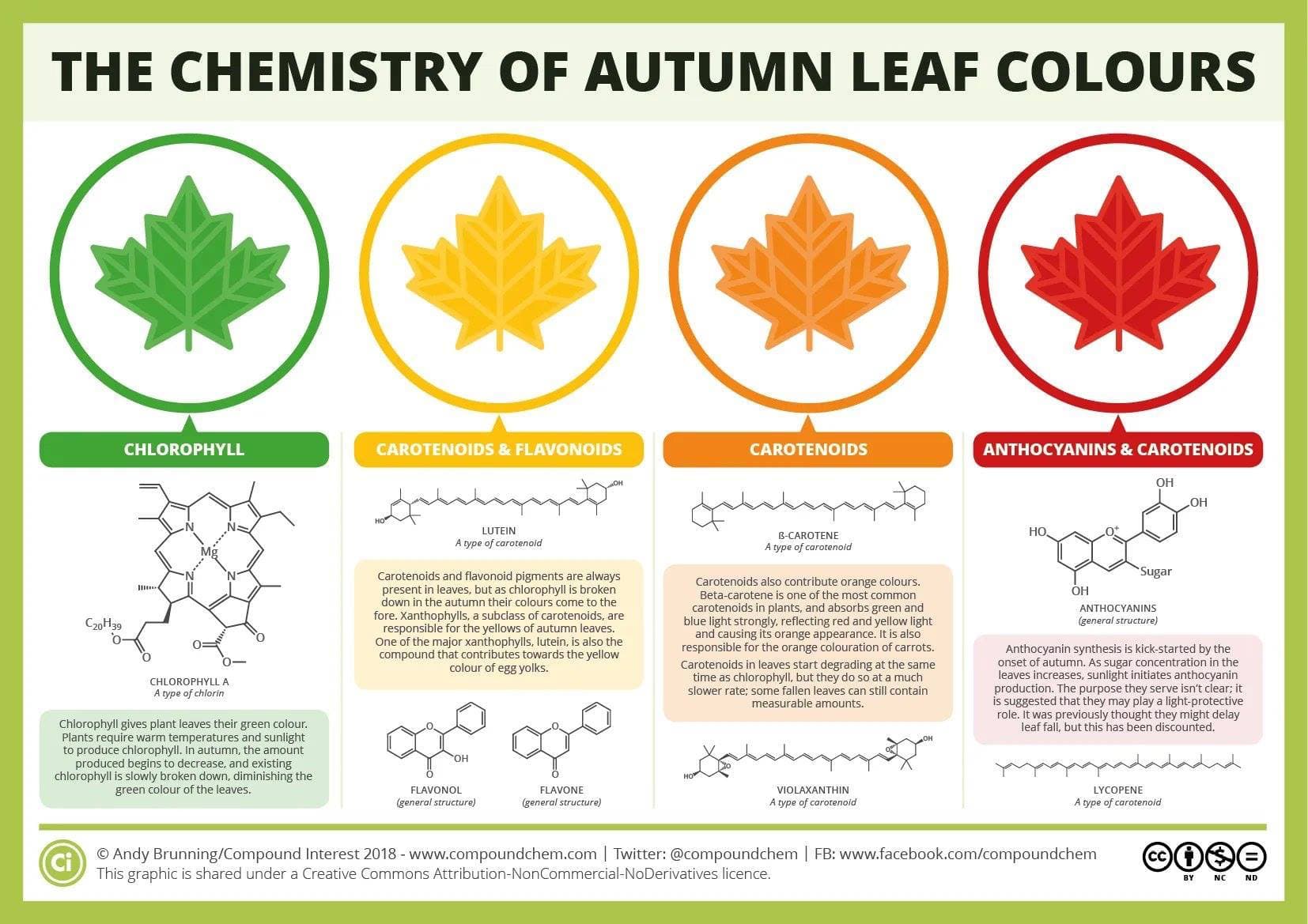


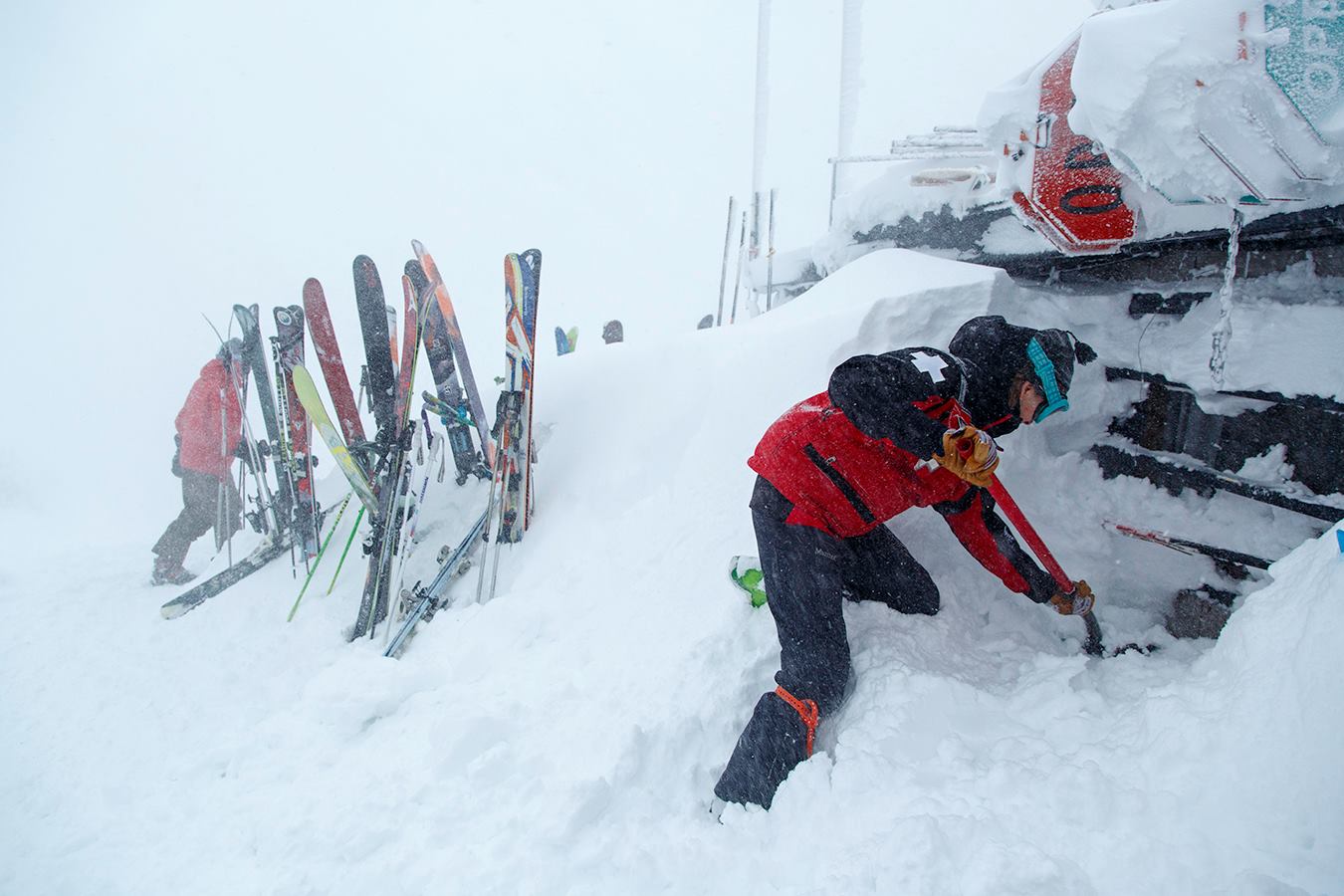


“Rainy and/or overcast days tend to increase the intensity of fall colors.”
SUNY has it wrong Recant ! 😉
Opposite of what National Weather Service and US Forest Service says.
Bob
Terrific report